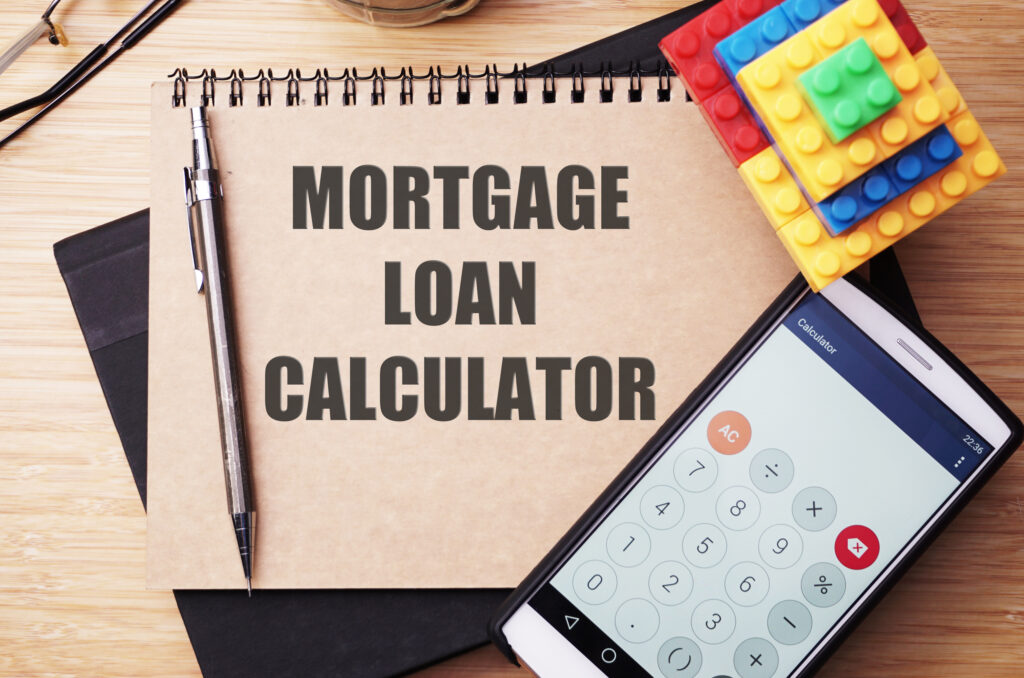One of the most commonly asked questions homeowners have is how quickly they can pay down their mortgage. This question is especially important depending on the type of mortgage a homebuyer has. For homeowners with fixed-rate mortgages and predictable, consistent monthly payments, their financial goals may have changed or may have experienced life events that impacted their financial situation. For homebuyers with adjustable-rate mortgages (ARM), they may want to get their mortgage fully paid during the fixed period while their interest rate is low.
There are some benefits to paying off a mortgage early. These include eliminating one large debt in order to focus on paying off smaller debts like car loans and credit card debt. Paying off a mortgage early can also facilitate long-term savings. There are, however, also drawbacks to paying a mortgage early. One of these includes potentially dipping into savings that could help keep homeowners afloat during recessions, job loss, and other financial hardships. Another potential drawback is not investing that extra money in the stock market, which earns a 10% annual return and could actually earn an investor more money than what they would pay on mortgage interest.
When deciding whether or not to pay off a mortgage early, every homeowner needs to consider their financial needs, their financial goals, the type of mortgage they have and make an informed decision based on those details. Having said that, after assessing their financial situation, for homeowners who decide they want to pay off their mortgage faster there are four effective ways to do so.
Pay More Than the Monthly Minimum
One popular method for paying off a mortgage faster is to pay more towards the principal loan each month. Fortunately for most homeowners, most lenders do not charge a prepayment penalty after Jan. 10, 2014, though some still might.
While there is no right or wrong way to pay an extra amount, there are a few highly effective methods that can be employed for reducing the loan term: paying one extra dollar a month (just $1), rounding up to the nearest whole number (that is paying $700 instead of $660), and using any spare income from a side job, income tax returns, or investment dividends. Not only will these methods help reduce the loan term by a couple of years, but they are also effective against dipping into a homeowner’s savings.
One thing to note, however, is that when paying more than the minimum monthly payment, it’s important for homebuyers to inform their lenders to put the extra money towards the principal loan and not interest.
Make an Extra Monthly Payment at the End of Each Year
Related to the first point about making extra monthly payments is to make a “13th month” payment by the end of the year. This method can be easily achieved by paying a small extra amount each month that can easily amount to the same total monthly payment for a “13th month.”
On a mortgage with a regular monthly payment of $960, for example, paying an extra $80 on that amount would bring up the total monthly payment to $1040. However, after 12 consistent payments of that extra $80, the total amount paid by the end of the year adds up to $960. This method could easily shave off a good couple of years of an existing loan’s term.
Another way this “13th month” payment can be managed is to split the monthly payment into two smaller biweekly payments. Splitting that total $1040 into two smaller payments of $520 every two weeks would also accomplish the same goal.
Refinance the Mortgage With a Shorter Term
Another popular method for paying off a mortgage faster is to refinance the mortgage with a shorter-term mortgage. While there is no “right” or “wrong” time to refinance a mortgage, the best time to do so is when the market rates are low because that’s when interest rates will be at their lowest.
One important thing to note, however, is that when applying for a shorter-term mortgage, the monthly payments on the principal loan will be higher, but the interest rate will still be lower. Before deciding on a 10-year, 15-year, or 20-year mortgage, it’s always important for homebuyers to assess their financial situation and what they can feasibly manage.
Recast the Existing Mortgage
One least known method of paying a mortgage sooner is by doing what is known as mortgage recasting. This means making a lump-sum payment towards the principal loan, which will significantly reduce the balance owed. The lender would then re-adjust the monthly payments to reflect the new balance, resulting in lower monthly payments for the remaining term.
Recasting is an ideal option for fixed-rate mortgages since the interest rate doesn’t change even after recasting, plus the homeowner pays less in fees compared to refinancing. The drawback, however, is that not every loan type (including other types of fixed-rate loans) will qualify for recasting. This is especially true of government-sponsored loans such as the popular FHA loan and VA and USDA loans, which are subjected to government rules and regulations. Another drawback is that not every lender will offer mortgage recasting and certain requirements may need to be met if they do.
In the event that mortgage recasting can’t be done, homeowners can still make lump-sum payments towards the principal loan amount and/or interest when they can. This is ideal for homeowners with government-sponsored loans as there are no rules against lump-sum payments, plus there are no fees involved. The only drawback is that homeowners may still need to specify putting that money towards the principal loan to the lender. Otherwise, that money could go towards paying interest instead, which would not help a homeowner save money.
For more information on how you can pay off your mortgage sooner, contact MCS Mortgage by phone at 833-415-LOAN or by email at Hello@MCSMLS.com.

